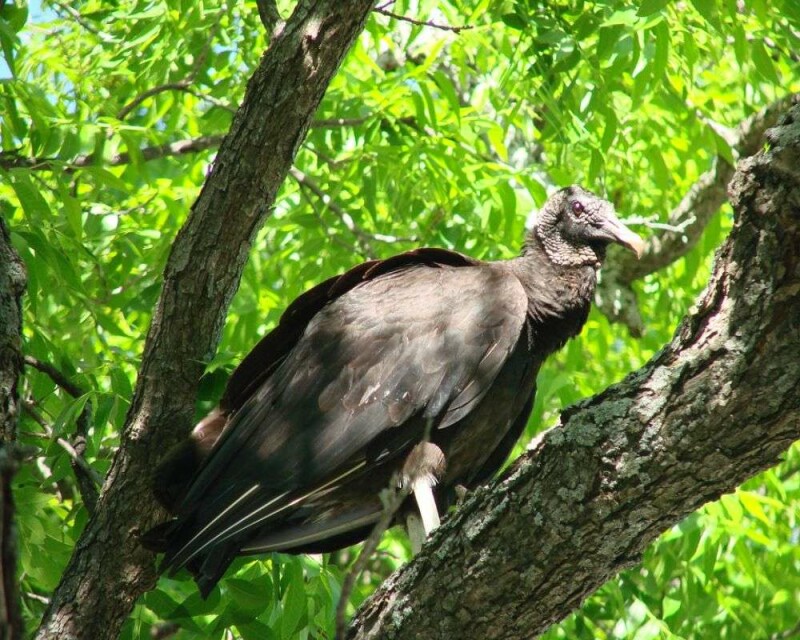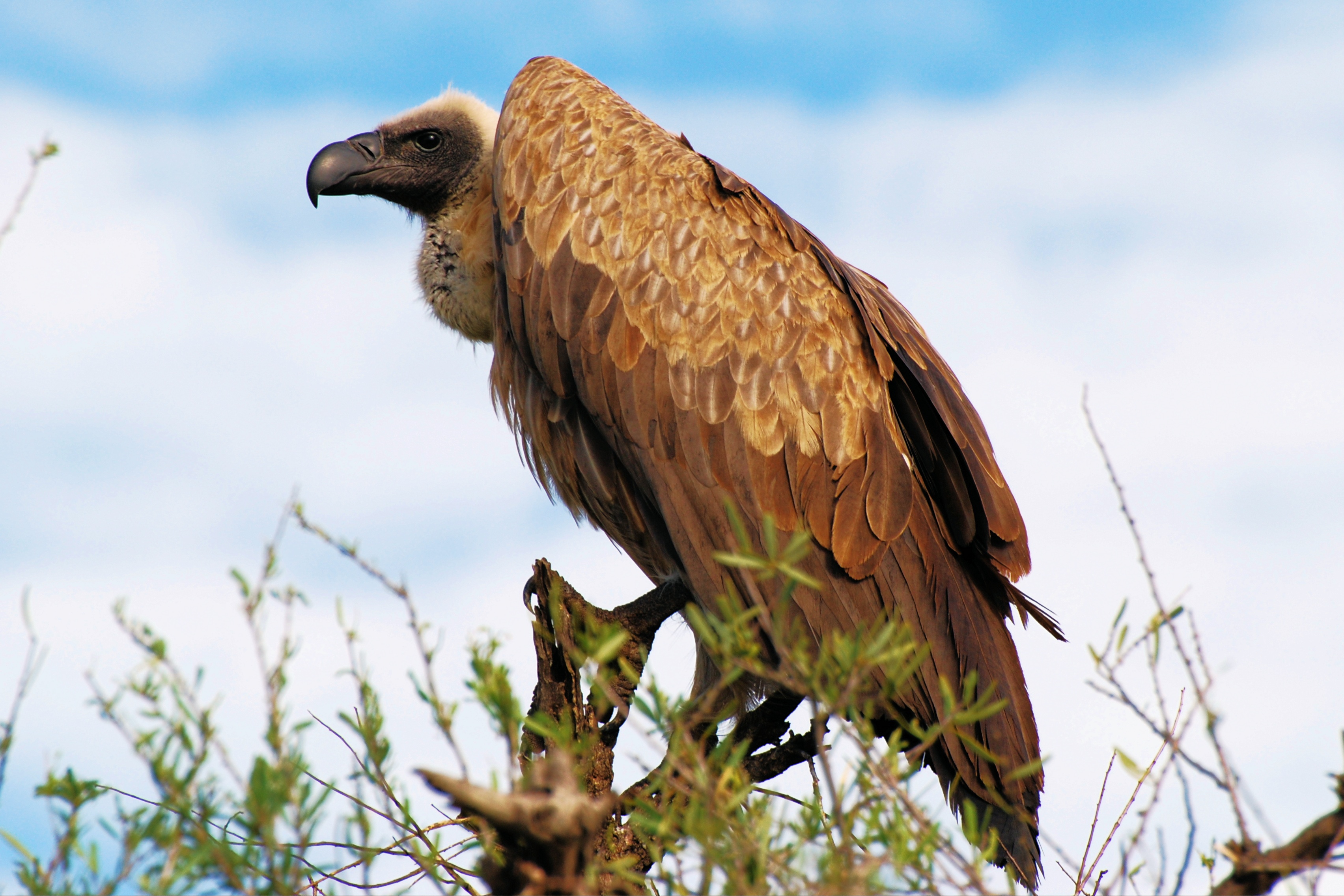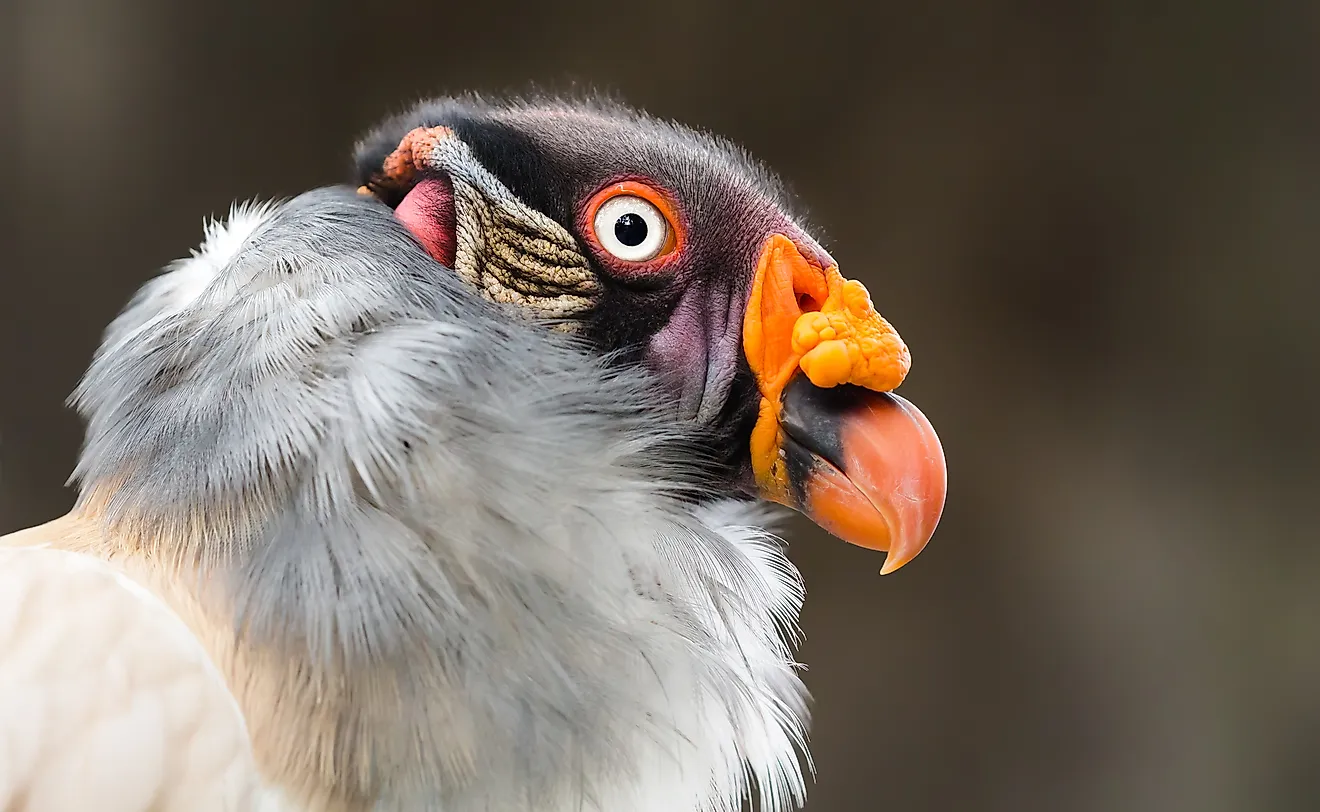

Dead community members are often taken to high altitudes so their corpses can be consumed by the birds. In Tibetan culture, vultures are viewed as sacred and holy.

Today, condors are still viewed as the spirit of the Andes by indigenous peoples, and are the national bird of Bolivia, Chile, Colombia and Ecuador. They have long been associated with power, strength and wisdom. Nick Fox/ShutterstockĬondors, a type of vulture found in the Americas, have been depicted in artwork across the Andean region of South America since 2500BC. The king vulture ranges from Mexico to Argentina. In some Asian countries, vultures have declined by 96% in the last ten years. Harmful chemicals have been a major cause of vulture population crashes across Europe, Africa and Asia. It was banned in some South Asian countries after conservationists campaigned to raise awareness that diclofenac was the main cause of collapsing vulture populations. Diclofenac can also pose a serious threat to aquatic animals, plants and mammals. In this way, declines in vultures could highlight pollutants in the environment that may be harmful to many other species, including humans.įor example, diclofenac, an anti-inflammatory drug widely used in livestock, can kill vultures even in small quantities. If these toxins are particularly dangerous, vultures that have fed on the chemical-filled body may struggle to reproduce, become ill or die. Vultures consume any toxins a carcass may have carried. Vultures act as a sentinel species, which are animals that are more susceptible to hazards in a habitat than humans. In some places in India, feral dogs have increased in numbers where vultures have declined, which has led to an increase in human cases of rabies. By the time land scavengers, such as hyenas and jackals, get to a carcass, it is likely to have been exposed to pathogens for longer. With their keen eyesight and flying skills, vultures can spot carrion faster than land scavengers.


The study found animals’ bodies decomposed three times slower where vultures did not feed on a carcass. In the study, carcasses were placed in areas that were either visible (in the open) or not (under tree cover) to vultures. One study in Kenya found that where vultures were absent, carcasses are often hubs of infection. This recycling process is vital in reducing the spread of diseases, including those that can be transmitted between animals and humans. A group of vultures can pick a carcass clean within 20 minutes, meaning that any remains of the dead animal are not left to turn into a breeding ground for pathogens. There is no denying vultures are on the lookout for death. They are a symbol of hope and luck in places from Ghana to Chile to Tibet, and, if we let them, they can warn of environmental change and illegal activities. And they are often used to describe someone who benefits from the misfortune of others.īut vultures should be celebrated, rather than dreaded. In books and films, they usually appear as a forewarning of bad things to come. Of course, one strategy that all vultures use to locate food is to watch for other circling vultures to drop down suddenly in that sense, even Turkey Vultures find much of their food visually.With their long, featherless necks and stern-looking faces, vultures are an easy target for people’s fear and loathing. Unlike these species, Black Vultures, which find their food primarily in open country, depend far more on vision and are believed to have a relatively poor sense of smell. These species must all be able to find carrion in forests where the canopy visually obscures dead animals. Greater and Lesser Yellow-headed Vultures of Central and South America, which are closely related to Turkey Vultures, seem to have comparable reliance on their sense of smell for finding food, and King Vultures may also use smell to find food. Even though the older carcasses emitted a stronger odor, the vultures showed a definite preference for eating fresher carcasses. There was no time difference between finding concealed and unconcealed carcasses, and the only carcasses the vultures seemingly had trouble finding were the freshest ones. In a 1986 study in Panama, Turkey Vultures found 71 of 74 chicken carcasses within three days. To us, mercaptans smell horrible, but for vultures they are associated with fine dining. They and related chemicals are released as carcasses decompose. Some mercaptans smell like rotting cabbage or eggs. In 1938, the Union Oil Company discovered that by injecting a strong-smelling organic chemical called mercaptan into gas lines, they could readily find leaks by monitoring vulture activity above the pipelines. Researchers proved fairly long ago that Turkey Vultures can smell.


 0 kommentar(er)
0 kommentar(er)
